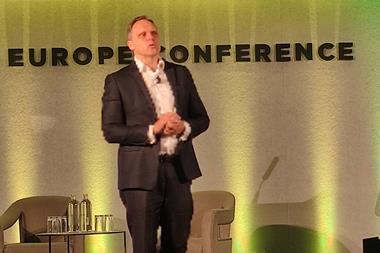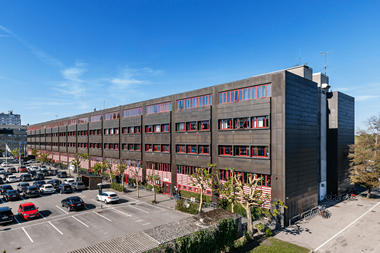German institutional investors have largely welcomed government intentions to simplify infrastructure investments for pension funds.
This week, German finance minister Wolfgang Schäuble announced he would check whether there were “unnecessary regulatory hurdles” for institutional investors when it came to infrastructure investments. Transport minister Alexander Dobrindt also said he would increase public-private partnerships for public infrastructure.
, Klaus Stiefermann, managing director at the pension fund association aba, said: “We always welcome considerations around investment opportunities for occupational pension plans to find new ways of financing occupational pensions in the interest of all stakeholders.”
But he stressed that any instruments financing infrastructure should serve merely as a means to the end of financing occupational pensions – not the other way around.
“We would love to take on our share of responsibility for the further development of infrastructure, but only if it is in the interest of employees and employers, as they are focusing on security and sufficient returns in occupational pension plans,” he added.
Stiefermann agreed there were “too tight shackles” for pension funds with respect to institutional investment in infrastructure and said greater regulatory flexibility would be welcomed.
Similarly, the German insurance association GDV said it was willing and able to help the government finance infrastructure projects, but, as with the aba, it said it required security and sufficient returns for these investments.
According to GDV figures, approximately €3bn of the €1.4trn in the portfolios of German insurers is currently invested in infrastructure.
Alexander Erdland, president at the GDV, argued that infrastructure should get its own regulatory risk category, to preserve “room for manoeuvring”.
A commission installed by the government in late August – which also includes insurer representatives – estimated that Germany would need around €7.2bn annually over the next 15 years for infrastructure investments, in addition to funds already earmarked.
Meanwhile, a survey by infrastructure specialist Yielco has found that most German institutions (70%) already have plans “in a drawer” to increase infrastructure investments and want eventually to achieve an allocation of about 3%.
The three-year analysis (2011-14) of 350 German institutional investors also found that 50% of the already invested assets came from insurers, followed by Versorgungswerke as the second largest group of investors. According to the survey, all institutions planned to widen their focus globally, yet felt hindered by regulatory challenges.














